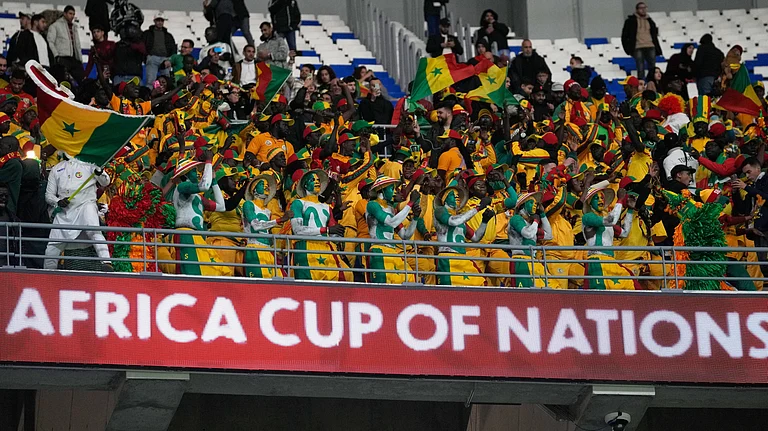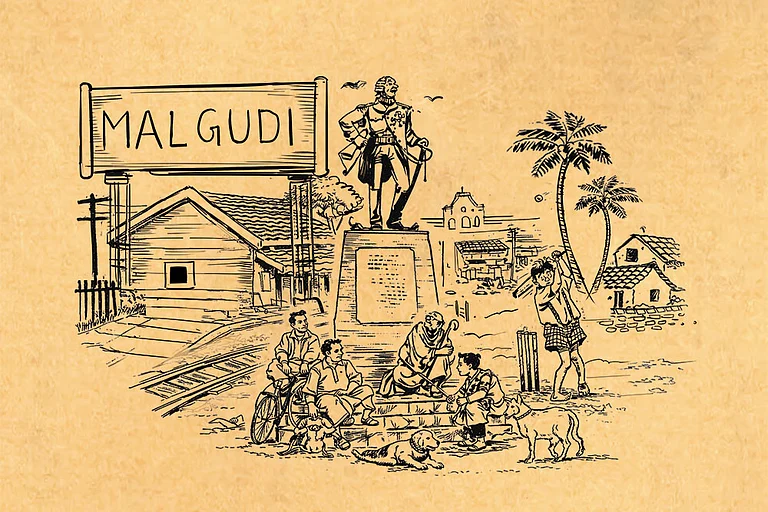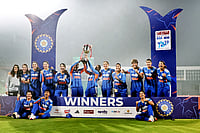A veteran journalist, who asked trenchantly in one of his thought-stirring articles in 1995: “Did Babri Masjid exist in public consciousness prior to its demolition on December 6, 1992?” had raised a very pertinent question. In fact, Ayodhya is now a veritable Bermuda or Welsh Triangle of Ram Janmabhoomi, Babar’s makeshift mosque and shoddy politics. Faith is a very delicate issue and as Yuval Noah Harari rightly remarks, at this particular juncture of human civilisation, mankind is embroiled in faith-related issues and turmoils. Thus unraveling the conflict of faiths, Valay Singh’s debut book Ayodhya is a deep exploration into the evolution of the city. The author also throws a harsh light on the nefarious religious politics and the macabre massacre that claimed the lives of thousands of humans in the name of hollow faith during the tumultuous times after the demolition of Babri Masjid.
In the first part of the book, the writer meticulously attempts to stitch the scattered threads of the city with the needle of historical facts and details. Since the demolition of Babri Masjid, Ayodhya has become a tinderbox and an ever-burning cauldron of conflict, which has been shrewdly embedded in the psyche of the nation as Ram Janmabhoomi (the birth place of Rama).
Consequently, our wily politicians woo voters and take recourse to abominable political practices by tactfully exploiting the religious sentiments of credulous devotees who are forever thronging the city. But rising above narrow dogmas, Valay Singh introduces us to those pre-historic phases of the city of Ayodhya, when it had nothing to do with Ram and his dynasty. Known as Kosala and Saket, the city contains the remnants of many civilisations and cultures, like Buddhism and Jainism, which once held sway over this place, even though the proponents of the Ram temple movement are loathe to buy any other version of Ayodhya. Undoubtedly, a lot of literature on Ayodhya has already been written with a tilt to a particular standpoint and thus it fails to present a completely unbiased account of the town. Unlike most of those writers, Valay Singh does not adhere to any pre-conceived notions and neither does he thrust any old, ossified ideology upon his readers. Therefore, Valay’s description of Ayodhya has not fallen prey to the unauthentic beliefs of a particular community.
Some books have also appeared with a view to dealing with this volatile matter and finding a solution acceptable and amenable to all. Thankfully, Valay refrains from offering any solution but sticks to the facts of the case which provides a fresh perspective, leaving the readers to decide for themselves. He must be applauded for his candour and intrepidity, and for the richness of detail that is certainly the fruit of his scholarly research. Therefore, this book should be regarded as a reliable source for those who want to know about this prickliest of issues sans any prejudice and presupposition.





















